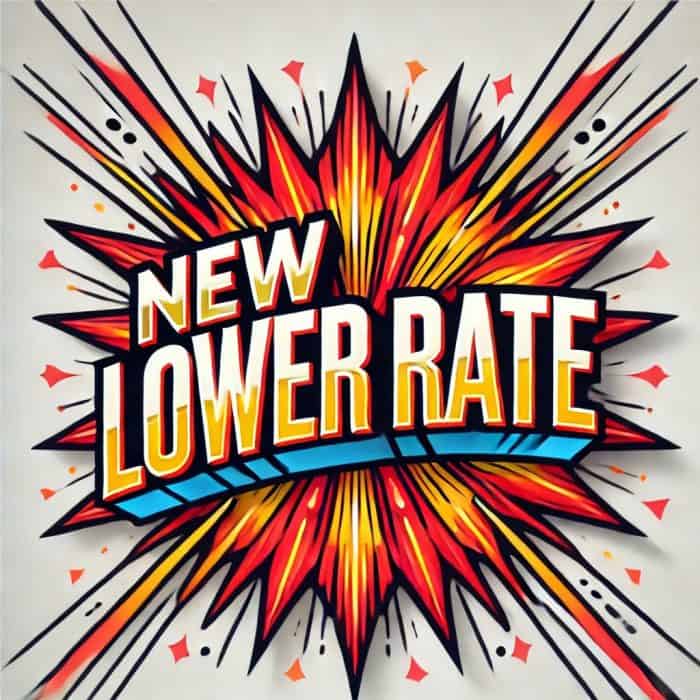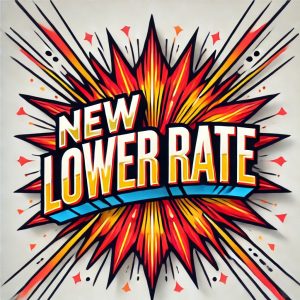The Bank of Canada maintains interest rate policy to end 2025
The Bank of Canada announced today that it is keeping its benchmark interest rate at 2.25%. This hold-the-line approach reflects the Bank’s expert interpretation of macroeconomic data.
We summarize the Bank’s observations and its outlook below.
Croatia Bare Boat trip for Defected
This is what I was able to come up with from AI assistance. I know what today might be the cheapest day to buy tickets so I wanted to get this out.
—
Awesome — this is exactly the kind of pre-festival sailing that makes Defected Croatia legendary. I put together:
Mortgage Renewals – 2.75 million Canadian Mortgage Renewals Before 2028!!
Mortgage Stress Test: Why It’s Protecting Homeowners Ahead of the 2026 Renewal Wave
If you locked in your mortgage around 2% five years ago, you probably remember grumbling about the federal “stress test.” At the time, qualifying at 5.25% felt unnecessary — almost punitive. Fast forward to today, and that very safeguard is proving to be one of the smartest policies in Canadian housing finance.
Thinking twice when handing your mortgage over to a bank adviser
Great story below of a recent Scotiabank advisor messing up a deal so bad that it ended up disqualifying a buyer from getting a special at 3.69% insured mortgage when market rates are 4.45%.
Bank advisors mess up all the time and I hear about it all the time. Maybe 15% of our deals get to us from bank mess ups.
Reverse Mortgage Specials: October 2025
The reverse mortgage market is surging yet remains undeserved by brokers that dabble in this product.
We have been doing Reverse Mortgages since 2005, and also did the largest Reverse Mortgage ever at the time (in 2014) for $720,000!!
Summary: RE/MAX Canada Fall 2025 Housing Market Outlook
“54% of Canadians believe this fall is a good time to strike a deal on a home.”
Here’s a summary of the RE/MAX Canada Fall 2025 Housing Market Outlook piece, released Sept 21st:
- Pricing Trends: Residential price trends varied regionally, rising across Atlantic Canada and the Prairies, while declining in major urban centres in Ontario and British Columbia.
- National average home prices are expected to decrease by about 6.5% this fall.
- 68% of Canadians say a five- to 10-per-cent drop in property prices would make a meaningful difference in their ability to enter the market.
- 38.2% of housing markets are sitting firmly in buyer’s territory this Fall.
- 7% of Canadians say they intend to buy their first home within the next 12 months.
- 28% of Canadians planning to buy their first home in the next 12 months say they have saved at least 20 per cent for their down payment.
- 64% of Canadians say they’d feel ready if interest rates fell by 0.5 to one per cent.
- 26.4% of housing markets are expected to favour sellers this Fall.
- 8% of Canadians say they plan to sell their home in the next year, and among them, confidence is strong.
- 63% of those planning to sell believe they’ll be able to secure their asking price.
- 92% of Canadian homeowners see their homes as a solid long-term investment.
#1 Mortgage Rate SPECIAL in Canada ⚡
|
|


